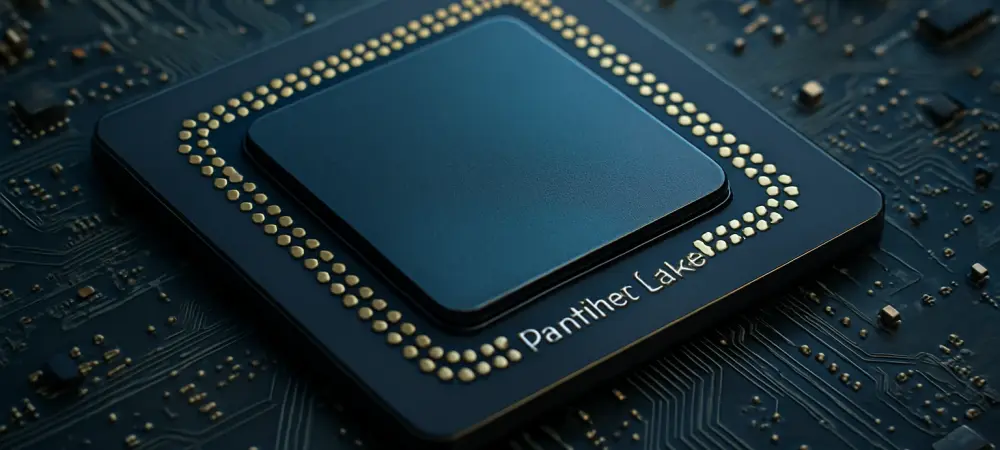Imagine a tech landscape where the battle for laptop processor supremacy intensifies with each passing year, and Intel is gearing up for a major strike in 2026 with a lineup that could redefine performance benchmarks. A recent leak has unveiled intriguing details about the upcoming Panther Lake CPUs, built on Intel’s cutting-edge 18A node technology. These processors, primarily designed for laptops, emerge at a crucial juncture for the company as it navigates leadership transitions and fierce competition. The leaked information highlights a robust portfolio of 12 SKUs spanning three distinct series, each crafted to target specific segments of the laptop market. From high-end powerhouses to budget-friendly options, this lineup promises to cater to a wide array of consumer needs. As anticipation builds, the tech community is buzzing with speculation about how these chips will stack up against rivals and whether they can solidify Intel’s position in an increasingly crowded field.
Unveiling the Segmented Power of Panther Lake Series
Diving deeper into the leaked specifics, the Panther Lake lineup showcases a strategic segmentation designed to address diverse performance demands across laptop categories. The Core Ultra X300 series appears tailored for premium, non-gaming laptops, featuring models like the Core Ultra 9 X388H with up to 12 Xe3 GPU cores, also known as Celestial iGPU, for top-tier integrated graphics performance. Meanwhile, the Core Ultra series, with models such as the Core Ultra 9 375H, targets gaming laptops with a higher 45W power draw and support for up to 20 PCIe 5.0 lanes, ensuring compatibility with discrete graphics cards for enhanced gaming experiences. On the other end of the spectrum, the Core Ultra 300U series focuses on mainstream and budget laptops, offering a balance of efficiency and capability with most models sporting eight CPU cores, though the entry-level Core Ultra 3 320U scales down to six. This thoughtful division reflects a nuanced approach to meeting varied user expectations in a competitive market.
Strategic Timing and Competitive Challenges Ahead
Looking at the broader context, the release of Panther Lake CPUs in 2026, alongside the Nova Lake desktop processors, marks a pivotal moment for Intel amid internal shifts and external pressures. The timing couldn’t be more critical as the company faces looming challenges from competitors like AMD, whose rumored Zen 6 CPUs are said to push boundaries with clock speeds reaching 7GHz and core counts up to 24, potentially overshadowing Intel’s future desktop offerings. While the leaked details paint an optimistic picture of Panther Lake’s versatility and performance potential, their accuracy remains unverified, leaving room for speculation. Intel has stayed silent on the circulating rumors, likely reserving official announcements for major events like CES 2026. As the tech industry watches closely, the stakes are high for Intel to leverage this lineup to reclaim market dominance, balancing innovation with the need to outpace rivals in a rapidly evolving landscape. Reflecting on past efforts, Intel navigated similar challenges with determination, setting the stage for what could be a defining chapter.

